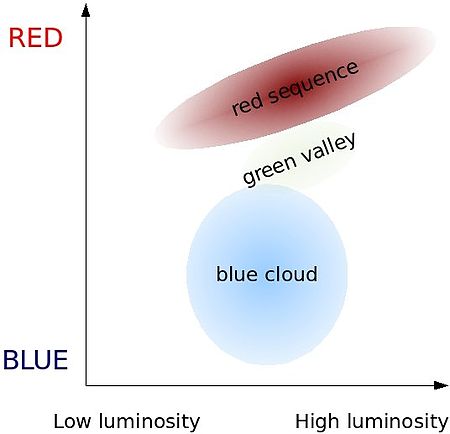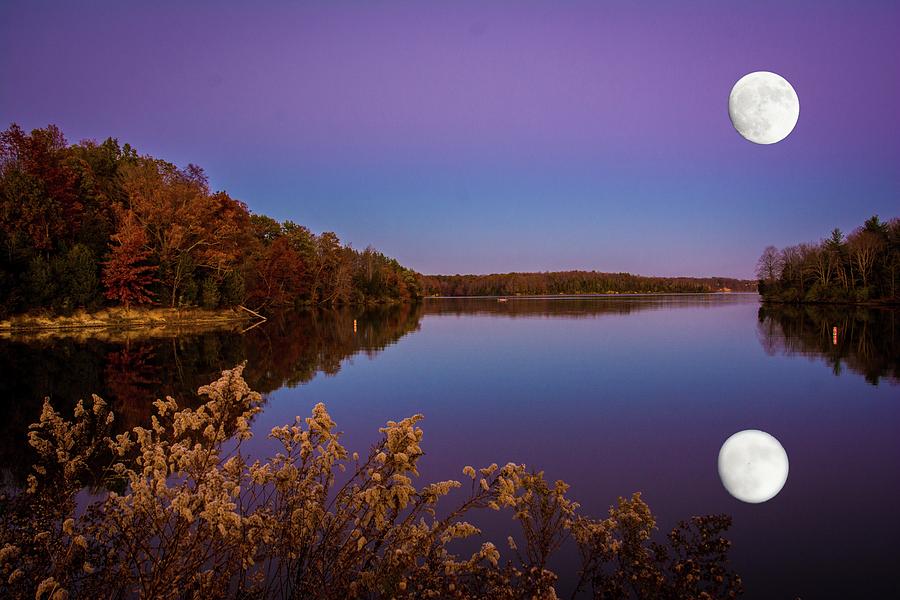gvann wrote: ↑Fri Oct 21, 2022 1:19 pm
So, the camera orientation is stationary relative to the the fixed stars, but the Earth rotates. As a result, the patches of snow on the mountain produce streaks that run approximately horizontal. However, the stars reflected in the lake produce streaks that are perfectly vertical. It is, of course, correct that it should be so, but I must admit that it took me by surprise at first.
The reason for the vertical streaks is that, with a reflecting plane surface, any motion in the plane does not cause a change in the reflected image; it is only the component of motion normal to the plane that causes a change in the position of the reflected image. But it is a bit strange to see different streaks for the earthbound objects v. the reflected stars.
We have 2 different movements relative to the landscape: the starry sky's rotation and, in the lake, the mirror image's reflected rotation.
The exposure is so short and the frame so narrow that the smear is close to lines of equal length and direction for every star and a horizontally flopped version of the same linear smear for every star's reflected image in the lake.
Like this:
↗
↘
Now add a compensating motion of the camera to make the starry sky stand still.
Now every star is a point and every landscape pixel is smeared, and while the timeline of the landscape's pixel smear is reversed this nuance is lost in the exposed image; every landscape's pixel smear is close to a line of the same length and direction that a star would have:
↙
Now what is the resulting smear of a lake-reflected star?
It's easy. You just give every reflected star two shifts (in any order):
the shift it would have because of the movement relative to the landscape
↘
and the shift added by the camera's motion
↙
Naturally, the result is no horizontal shift and a twice vertical shift
↓
↓
 Andromeda in Southern Skies
Andromeda in Southern Skies

